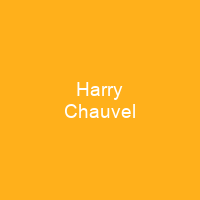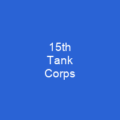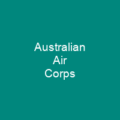General Sir Henry George Chauvel: A Military Titan
Who was General Sir Henry George Chauvel, and why should we care about this historical figure? Well, if you’re curious about the backbone of Australia’s military might during World War I, then you’ve come to the right place. Born into a grazier family in New South Wales, Chauvel embarked on an extraordinary journey that would see him rise through the ranks and become one of Australia’s most celebrated military leaders.
Early Life and Commission
Chauvel’s early life was marked by education and service. He attended several schools before being commissioned as a second lieutenant in 1886, setting the stage for his future endeavors. His first taste of military action came during the Australian shearers’ strike, where he commanded Queensland Mounted Infantry units with distinction. This experience laid the groundwork for his later successes on the battlefield.
The Gallipoli Campaign
Chauvel’s most notable achievement was leading the Anzac Mounted Division at Gallipoli in 1915, where he reorganized defenses and led successful attacks against Turkish forces. His leadership during this campaign earned him a promotion to brigadier general. Can you imagine the pressure of commanding such a critical sector? Chauvel’s strategic acumen was evident as he appointed permanent commanders and formed sniper groups to suppress enemy snipers, all while under heavy fire himself.
The Sinai and Palestine Campaigns
After Gallipoli, Chauvel moved on to the Sinai and Palestine campaigns. He became commander of the Desert Mounted Corps in 1916, leading decisive victories at Romani and Magdhaba. His approach to battle was innovative; he attempted to outflank Turkish positions but faced fierce resistance. Despite these challenges, Chauvel’s leadership and tactical brilliance were recognized with a Knight Commander of the Order of St Michael and St George for his services during this period.
The Desert Mounted Corps
The Desert Mounted Corps was a formidable force under Chauvel’s command. It consisted of the Anzac Mounted Division, Australian Mounted Division, Yeomanry Mounted Division, and Imperial Camel Corps Brigade. Chauvel played a crucial role in the Battle of Beersheba, where his mounted infantry bayonet charge captured the town. This victory was not just a tactical success but also a morale booster for Allied forces.
Post-War Career
After World War I, Chauvel continued to serve in various capacities. He became Chief of the General Staff from 1923 to 1930 and Inspector in Chief of the Volunteer Defence Corps during World War II. His efforts were not just military; he also advocated for improvements in Australian military discipline and organization based on his experiences in South Africa. Chauvel’s legacy is commemorated through various memorials, including a street named after him in Sydney.
Conclusion
General Sir Henry George Chauvel was more than just a military leader; he was a visionary who shaped the future of Australia’s armed forces. His contributions during World War I and his later roles as Chief of the General Staff and Inspector in Chief of the Volunteer Defence Corps have left an indelible mark on Australian history.

You want to know more about Harry Chauvel?
This page is based on the article Harry Chauvel published in Wikipedia (retrieved on November 27, 2024) and was automatically summarized using artificial intelligence.







